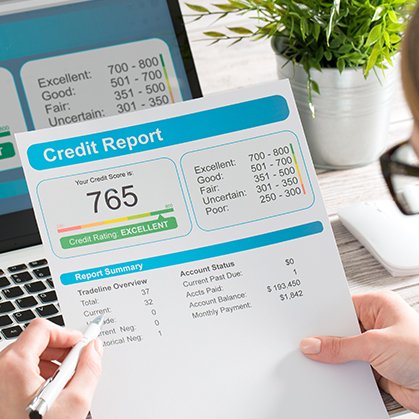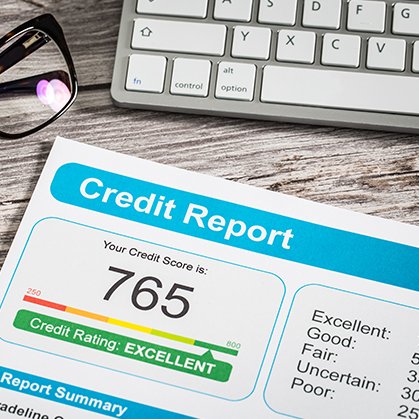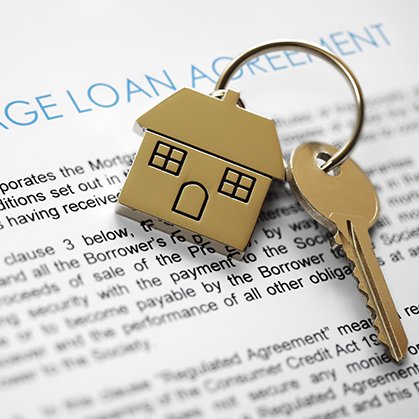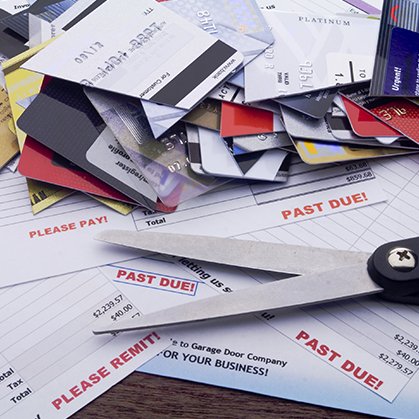Overview
Getting into credit card debt is easy – just ask the millions of consumers already wallowing in it. Getting back out of debt is the hard part, but fear not – it CAN be done. All it takes is careful planning, a lot of discipline, and a little time, and you can live your life worry- and debt-free. Here’s how:
What can you afford to pay?
This is the all-important first question you need to ask yourself before you set about coming up with a payment plan. Figure out how much you have to pay off before your debts are wiped out, and how much you can afford to put down each month.
Start by gathering all of your monthly bills and pay stubs together, and use them to draft up a working monthly budget for yourself. Once you have an idea of how much you make each month vs. how much you spend, you’ll have a better idea of how much you’ll be able to sock away for debt settlement each month.
Your best bets
There are basically 2 schools of thought as to the best method for paying off your credit card debts.
Start with the lowest balance.
This option has you paying your debts down from smallest to largest balance. This is usually the easier method of the two for people to get behind, as it quickly produces noticeable results. Once you see how quickly your smaller debts are falling by the wayside, you’re more easily encouraged to stick with your repayment plan.
Start with the highest interest rate.
This option makes more sense from a purely mathematical standpoint, but it can be difficult to stick with, as the payoffs aren’t as fast or as often as the lowest balance first method. Paying off your higher interest cards makes sense because the longer you leave them unattended, the more interest you’ll accrue and have to pay off later.
What’s the best method for me?
This is really a question only you can answer. If you value immediate satisfaction, stick with paying your cards down starting with the lowest balance. If you’d rather not be mired in interest payments for the next few years – and you aren’t easily deterred – start with the accounts with the highest interest rate.
Request A Free Consultation
Take The First Steps Towards Fixing Your Credit – Sign up for a FREE Credit Consultation
Overview
Knowledge is power- and so is a good credit score. But perhaps you needed a clean t-shirt those first weeks of college and couldn’t turn down the folks offering free shirts and a new credit card. Maybe you’ve fallen behind on your monthly payments. Or maybe, you’re seeking help with credit repair after you discovered a glaring mistake on your credit report. Regardless of the reason, you need to understand the ups and downs, ins and outs of credit. This will be the first of multiple posts breaking down the fundamentals of credit, that thing we all need yet remains so mysterious, so that you can use it to empower your future and reach your goals.
FICO? FICA? What?
If you’re thinking about gaining control over your credit rating, you’ve made the first step in doing so by seeking out more information and turning to Credit Restoration of Texas for help. But, you’ve probably heard of “FICO” at some point along the way, too.
The term “FICO” is actually an abbreviation for Fair Isaac Corporation, which is a publicly-traded corporation that uses sophisticated analytics and mathematical formulas to help financial services companies make complex decisions. In other words, engineer Bill Fair and mathematician Earl Isaac founded a company in 1956 that developed the formula that decides a person’s standard level of credit risk, their “creditworthiness,” or, the level to which a person is likely to repay or service their debts in a timely manner. This mathematical value is reflected in a FICO score that typically ranges from 300 to 850…and as you might suspect, if you have a high FICO score, the better credit you have, and, according to the FICO formula, it is predicted that you are more likely repay your debt and be health risk for a lending institution. This, in turn, means banks or lending institutions may lend you money more easily to say, buy a house, and- most importantly- you may receive lower interest rates and, subsequently, lower payments on those loans.
What’s next?
Next up, we’ll look at the various credit bureaus or credit agencies and some of the ways they calculate your FICO score so we can see how your credit activity impacts your credit rating. As we go along, you’ll be more empowered as a consumer to make the choices that strengthen your credit and clear the path to future success.
Request A Free Consultation
Take The First Steps Towards Fixing Your Credit – Sign up for a FREE Credit Consultation











